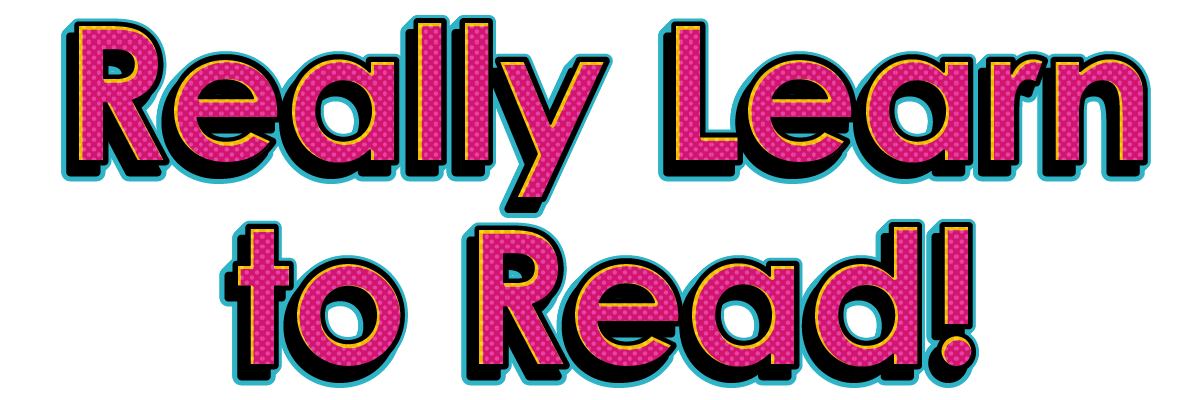Long e – Book 4 of 5
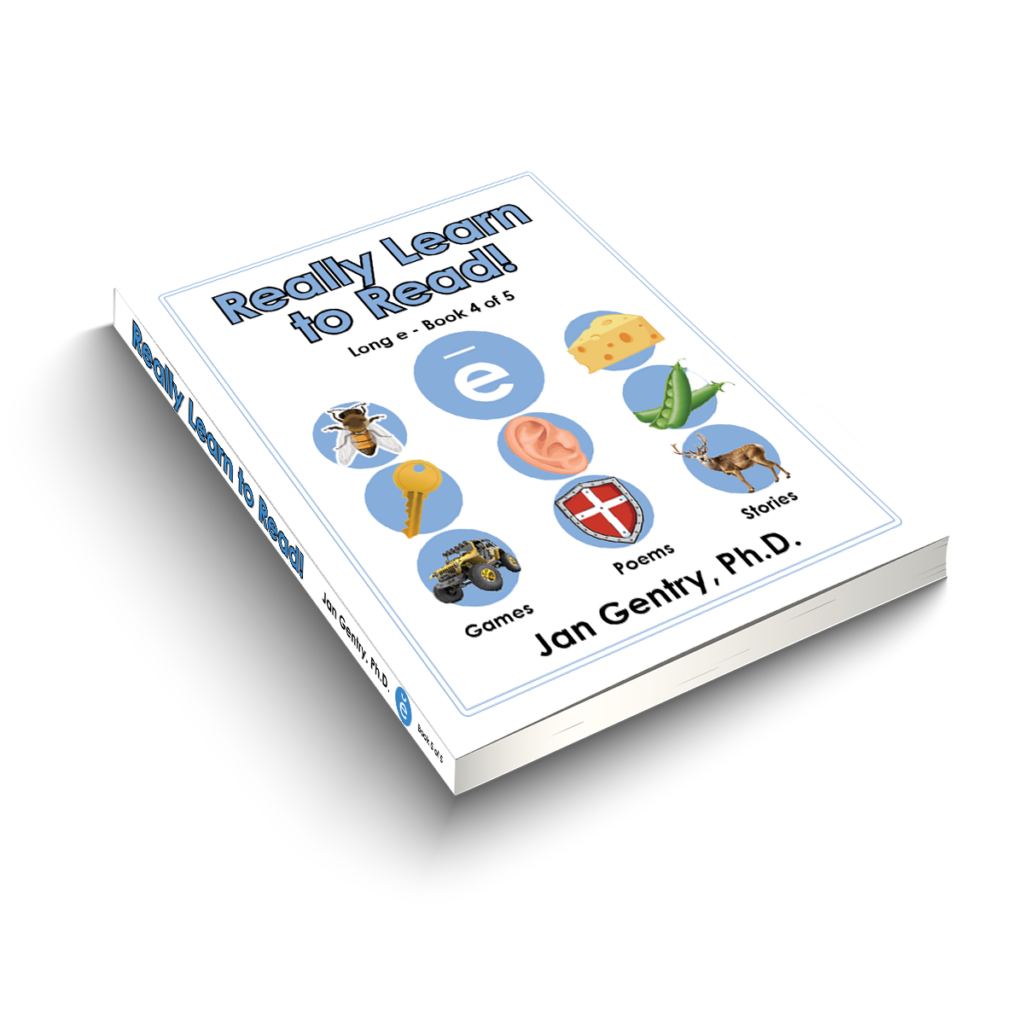
Book 4 in the Long Vowels Series continues to inspire a love for reading and empowers readers with knowledge, imagination, and creativity. Long e presents engaging phonics lessons and comprehension strategies on Grades 5-7 reading levels for children, teenagers, and adults. Lesson formats with colorful graphics, funny poems, true stories, and interesting activities motivate a desire to read. Learners are phonetically challenged to make long e word families, read these words and new sight words, and practice them in various activity sections. The poems and stories include many words learned in Long a – Book 1, Long i – Book 2, and Long o – Book 3 for the purpose of increasing fluency to enhance comprehension. Skills for inferring, questioning, and summarizing continue to strengthen, while readers also begin to learn the higher-level comprehension strategy of critically evaluating what they read then creatively imagining new ideas.
Student Edition
Make Words
As a first activity, readers match and write the beginning consonant sounds (onsets) with the long e vowel pattern endings (rimes) if they decide the sound is a real word. This is a fun phonics game which prompts learners to make as many words as they can by matching these smallest units of sound. Word recognition strengthens and self-confidence grows when learners recognize the same long e spelling patterns in new words, decode the words, transfer the same phonetic sounds, and successfully read the words. This word recognition fluency is crucial for readers to focus on comprehending what they are reading, rather than losing thought of what they read while decoding each word.
Goofy Poems
In this second activity, readers are introduced to sight words in a dotted box, followed by reading four silly poems that give practice in reading words from Make Words along with the new sight words. Additional long e rhyming words not listed in Make Words are underlined in the poems to help readers recognize the same vowel group endings, spelling patterns, and phonetic sounds.
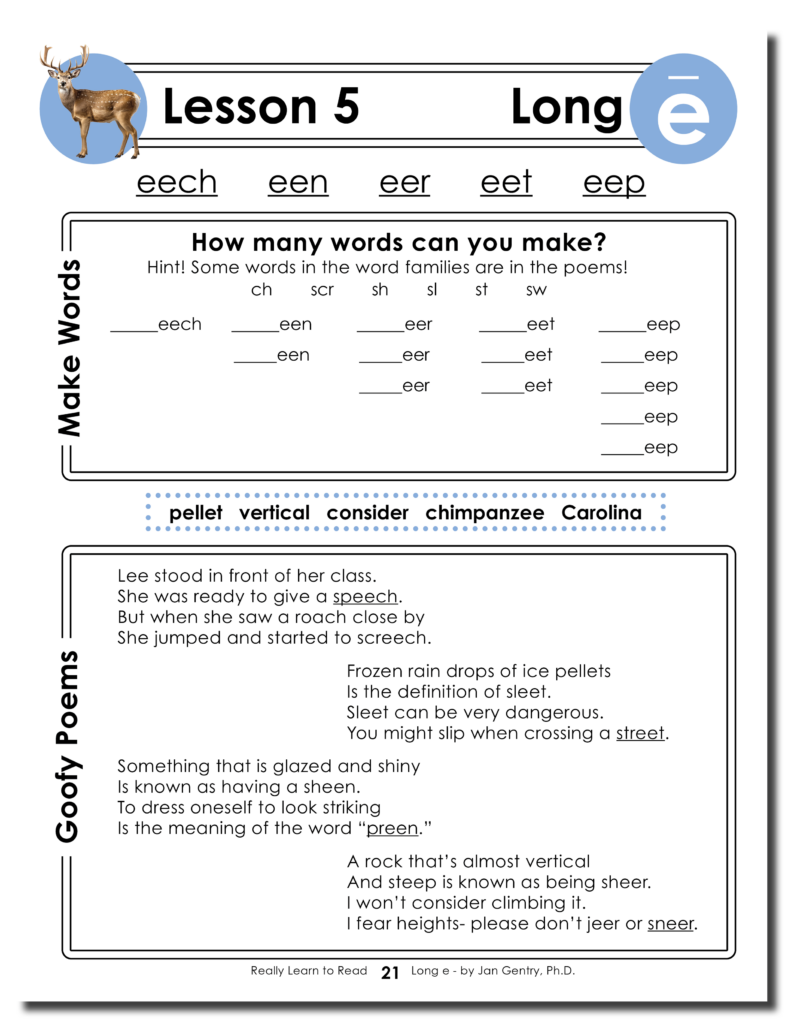
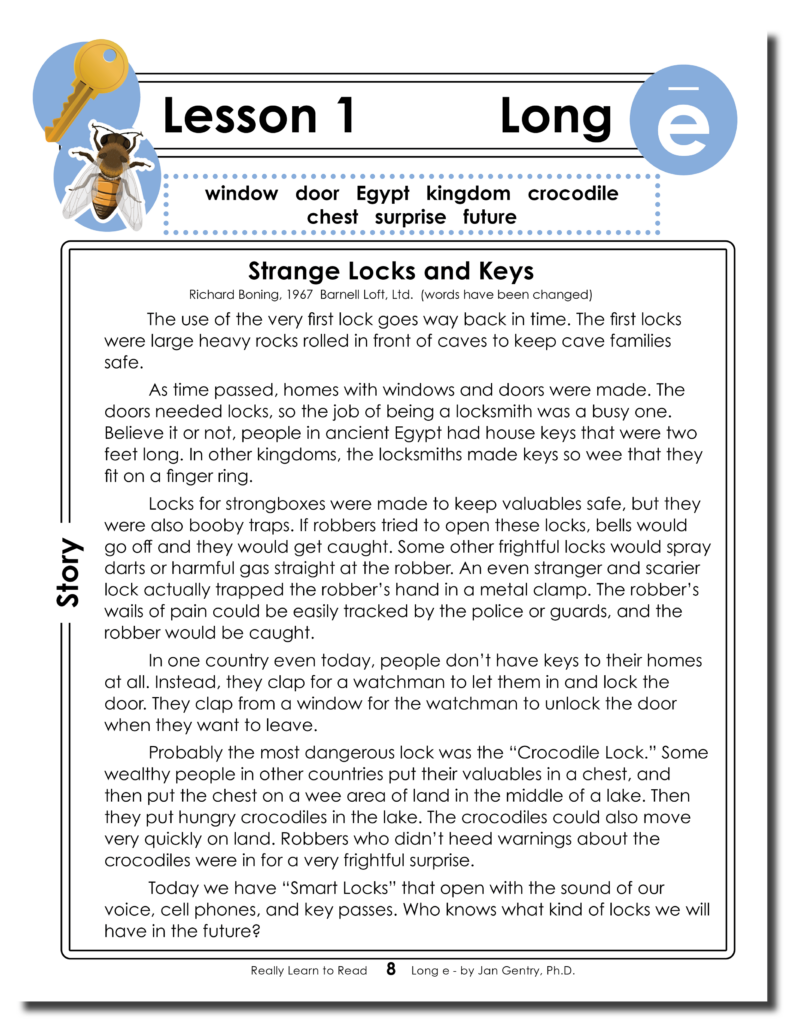
Story
All the stories in Long e are true! Learners are given new sight words in a dotted box, followed by reading real stories about people, places, historical events, and unusual facts. The importance of each lesson is twofold – students are practicing reading skills while also learning history, science, and culture! Readers practice long e words and sight words, and continue to master meanings of inflected endings, contractions, compound words, cardinal and ordinal numbers, abbreviations, fractions, dates, idioms, word symbols, and homographs. In addition, readers are introduced to many homophones (ex.- do due dew) that improve vocabulary, spelling, reading, and writing. The informational texts help develop creative comprehension, as they are based on actual facts that can inspire a reader’s imagination of alternative stories with different situations, choices, people, places, and times.
Question & Answer
At the end of each poem and story, learners answer questions and engage in activities to practice skills just learned. The question and activities format include multiple choice, fill in the blank, matching, true & false, and short answer. Short answer written responses support sentence structure, cohesiveness, spelling, and clear expression of thought. Literal comprehension skills are reinforced with recalling details, locating the main idea, and sequencing events. Deeper meaning of text is promoted with making inferences, drawing conclusions, making predictions, evaluating to make judgment, and supporting opinion.
Draw a Picture
After completing the Question & Answer story section, a picture box with directions on what to draw gives readers a fun but meaningful activity. Story comprehension and the ability to create mind pictures while reading are demonstrated in the reader’s drawing of the story’s scenes, characters, themes, or details. Picture box directions also encourage creativity and imagination.
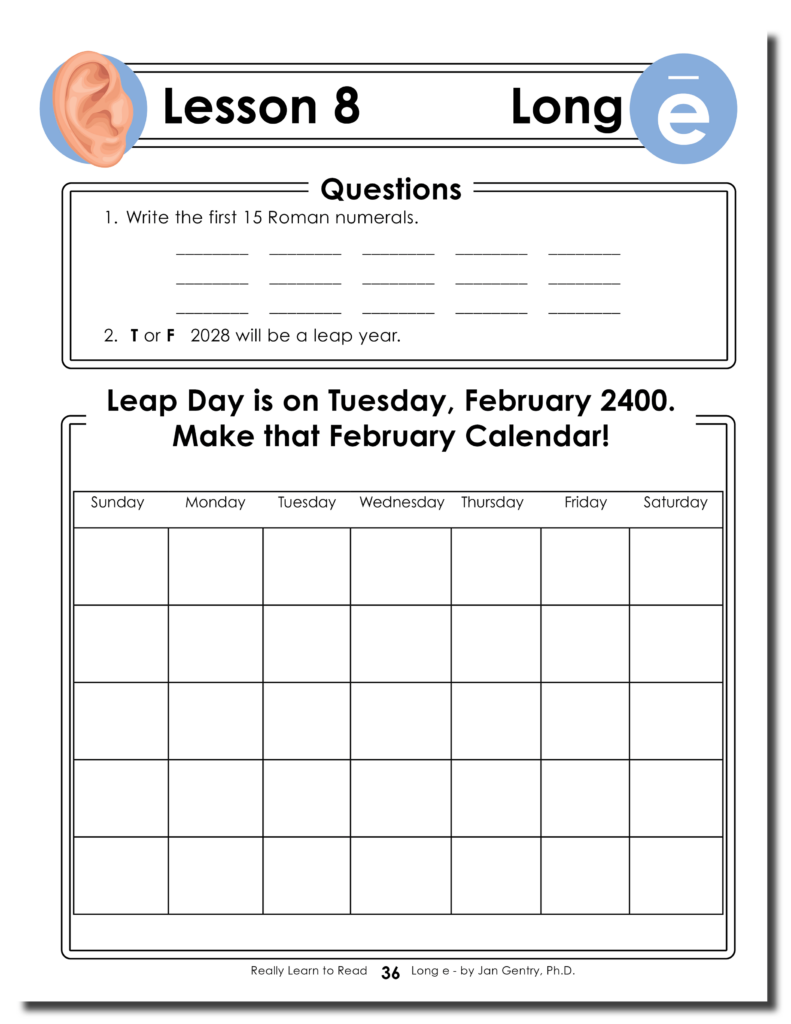
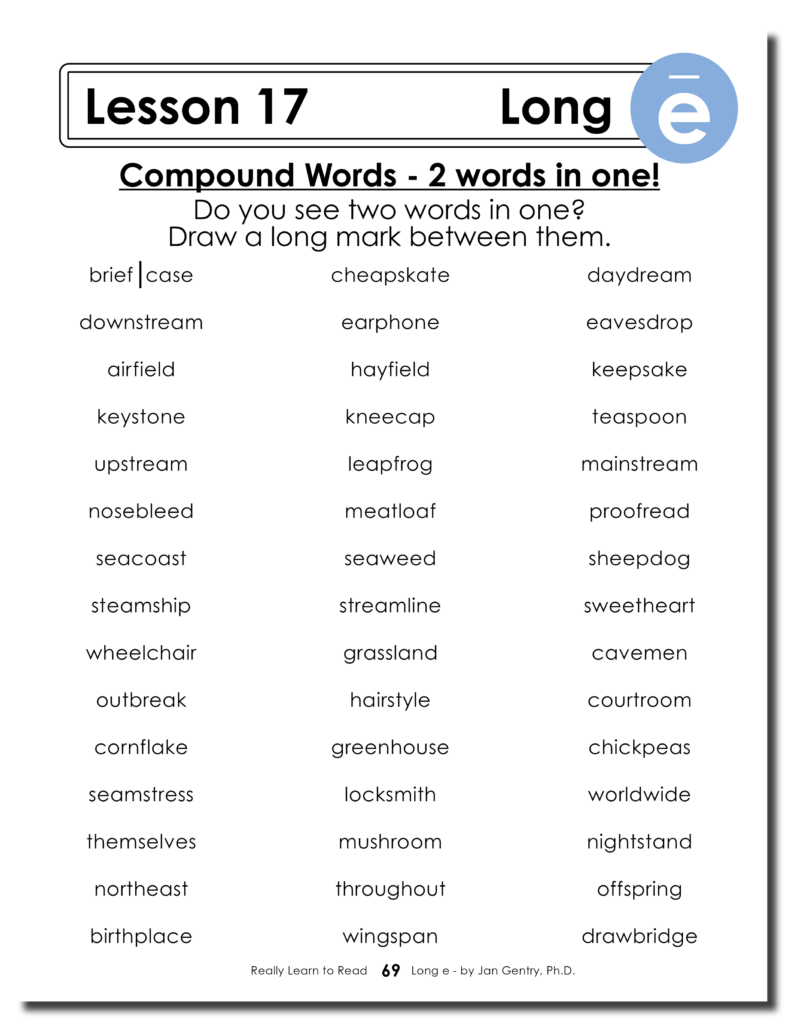
Compound Words
An enrichment skill activity at the end of Long e is recognizing compound words and drawing a line between the two words. When two small noun words are combined, the new compound word has a new different meaning. This realization encourages learners to creatively combine two nouns together to form a compound word and create the new meaning. Compound words enhance a reader’s vocabulary range and language proficiency that are being required when reading and spelling multi-syllable words.
Identifying Antonyms
The final enhancement activity is the matching of opposite words. Knowledge of antonyms helps to develop critical thinking skills, improve comprehension, and expand the reader’s range of vocabulary. Drawing a line from one word to its opposite helps learners by building background knowledge, determining word associations, realizing there are multiple word meanings, and reinforcing spelling.
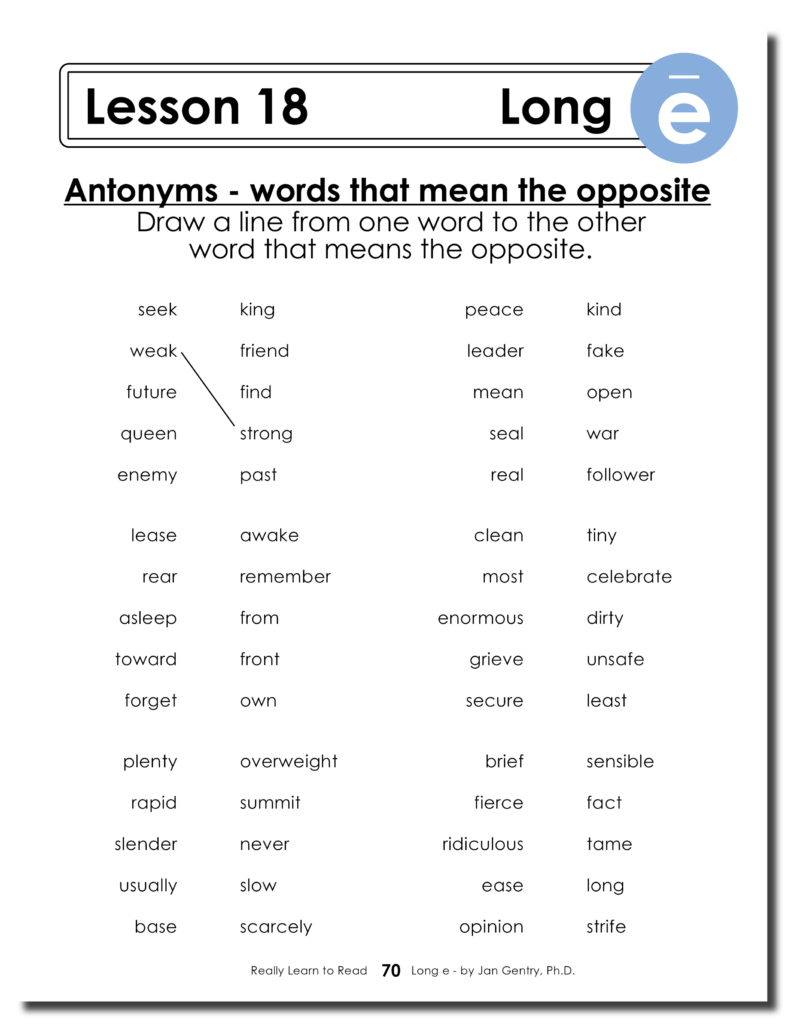
Teacher Edition
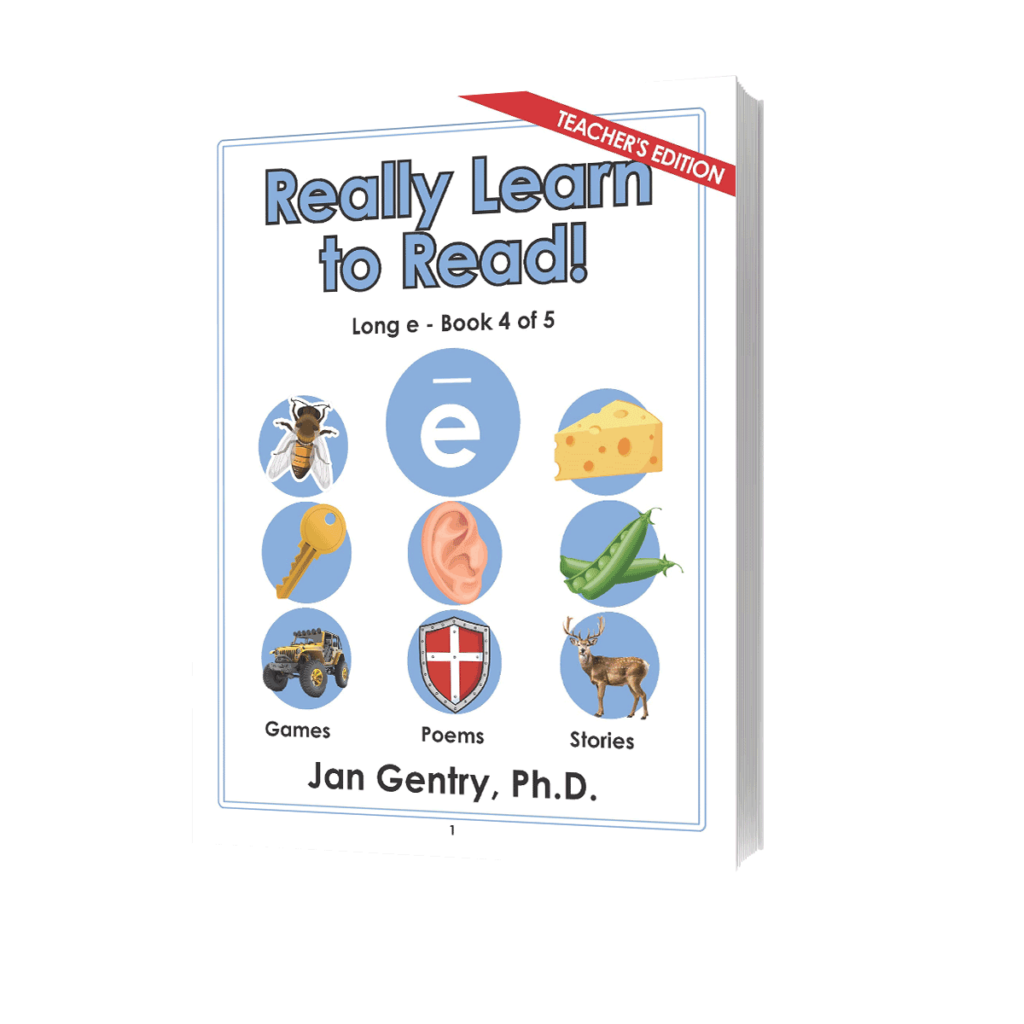
In addition to the Long e – Book 4 for the student, the Teacher Edition book includes:
- Answers to questions and activities in each lesson, written in red for easy recognition
- Phonics and Decoding Skills listed in specific detail for each lesson
- Reading Comprehension Skills listed for each question in the poems and stories
- Quick Reference Guide to help quickly target specific areas of attention
This edition provides the teacher with a carefully designed, systematic, and true phonics-based curriculum.
Answers
The Long e Teacher Edition, identical to the student’s copy, gives answers in red print for easy reference. The evaluation of a student’s strengths in phonics and decoding skills, vocabulary, comprehension, and spelling is simplified in this format. For some questions and activities, multiple answers are thoughtfully provided for teachers so as to give positive reinforcement to various responses that are personal, opinionated, creative, and correct.
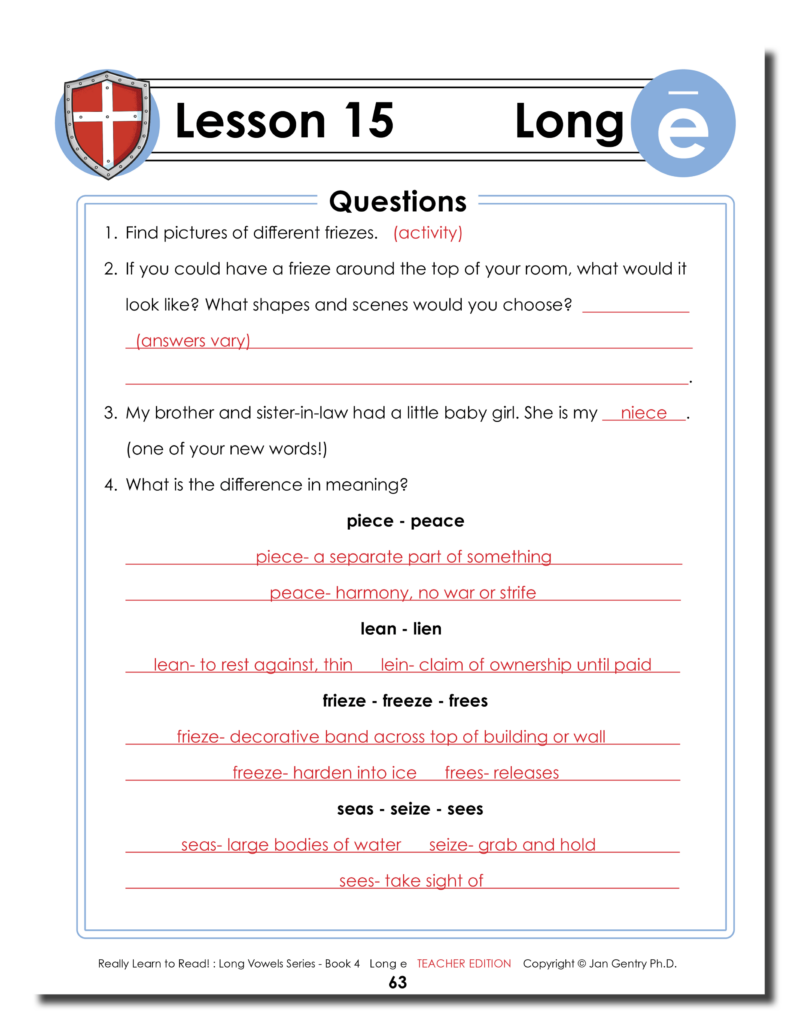
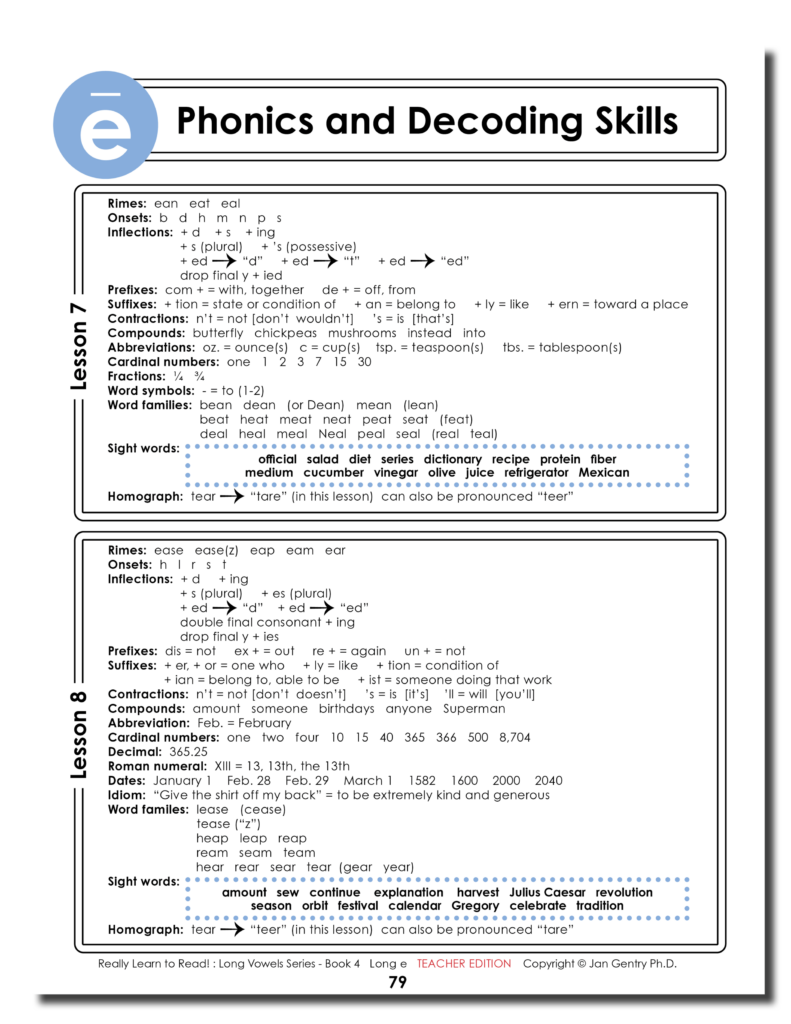
Phonics and Decoding Skills
The Phonics and Decoding Skills section provides teachers with a straightforward, detailed list of all reading, vocabulary, and other literacy skills found in each lesson: short e word family endings (rimes), beginning sounds (onsets), inflections, prefixes and suffixes, contractions, compound words, abbreviations, cardinal and ordinal numbers, fractions, dates, idioms, word symbols, short e word families, and sight words. This condensed list format allows teachers to easily assess skills to prepare for instruction, or readily determine those skills the learner has mastered or require additional practice.
Reading Comprehension Skills
The Reading Comprehension Skills section is an important reference tool in simple table format that allows teachers to trace each question and activity in all lessons back to their skill objectives. Skills needed for success in comprehending informational text include background knowledge, application to real life, references, vocabulary proficiency, drawing conclusions, and context clues. Reading fluency is vital for the learner to entirely focus on understanding and connecting specific content information that is intended for instruction.


Quick Reference Guide
The Quick Reference Guide provides teachers a convenient chart format for readily identifying all skills in each lesson. The skill categories include rimes and onsets, inflections, prefixes and suffixes, contractions, compounds, abbreviations, dates and numbers, idioms, and word symbols. This reference guide is ideal for teachers to highlight the skills to be learned, as well as to note the skills requiring review and practice.
Order Today
Each book is available individually, or as a set with the other books in its series. You can choose Paperback or Portable Document Format (PDF) versions. The convenient PDF allows immediate download so teachers can tailor lessons to their students’ needs by printing specific sections at a time. A Teacher Edition is also available (PDF Only) to provide the reading instructor with a carefully designed, systematic, true phonics-based curriculum.
